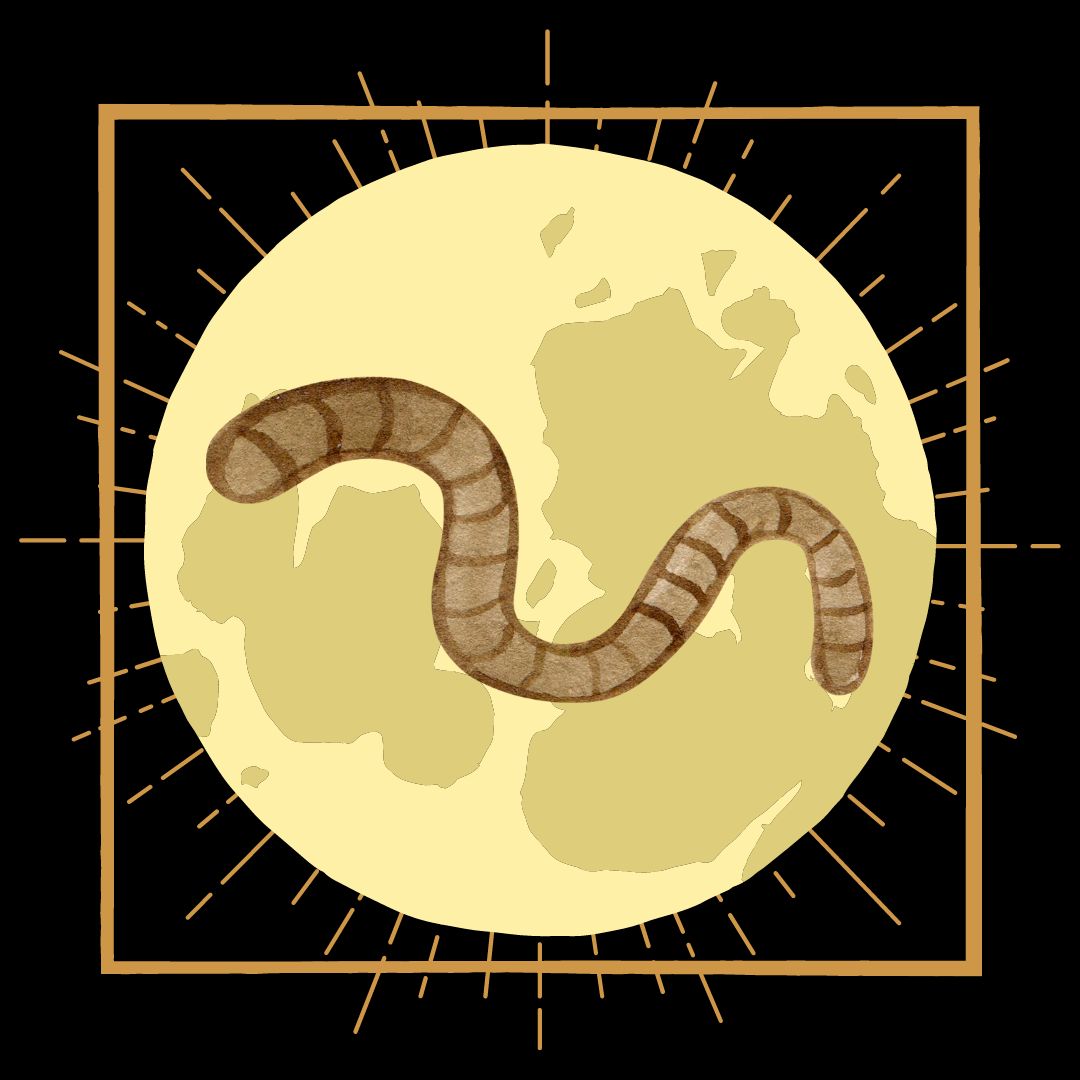 Each month, or more precisely every 29.5 days, here on earth we are treated to the most extraordinary of ordinary sights, a constant and recurrent phenomenon that occurs no matter the weather or season; no matter where we are located or who we are with; no matter, indeed, whether or not we can actually see or perceive this sky-high dazzling with our eyes or an enhanced lens. Can you guess what I’m referencing? Perhaps a small poem by contemporary children’s book author Amy Sklansky would help:
Each month, or more precisely every 29.5 days, here on earth we are treated to the most extraordinary of ordinary sights, a constant and recurrent phenomenon that occurs no matter the weather or season; no matter where we are located or who we are with; no matter, indeed, whether or not we can actually see or perceive this sky-high dazzling with our eyes or an enhanced lens. Can you guess what I’m referencing? Perhaps a small poem by contemporary children’s book author Amy Sklansky would help:
Marvelous
Opaque
Orb.
Night-light
for the world.
I’m thinking of the moon, of course! The FULL moon, in particular, which reflects the ever-blazoning light of the sun to illuminate the dark corners of the night a dozen or so times a year. Each month, or 29.5 days, depending on the position of the moon in its orbit around the earth and the earth in its orbit around the sun, a portion of the moon’s surface is illuminated by the sun, what from earth looks like a waxing (growing) or waning (shrinking) in size. When the entirety of the moon’s visible surface is illuminated by the sun, we experience the moon as a brightly shining disk, as a “full” moon.
While this experience of the moon as full is shared by all earth-inhabitants across time and space, within different cultures and in response to different seasonal weather patterns or climates, each month’s full moon goes by many names. This month, in fact tonight and tomorrow night on March 6th and 7th, here in Missouri in the northern and western hemispheres we’ll get to experience the final full moon of winter, otherwise known as the sap moon, the sugar moon, the eagle moon, the goose moon, the crow moon, the strong wind moon, the sore eyes moon and my personal favorite, the worm moon.
So named for the earthworms and other invertebrates that emerge from hibernation or hatch when the air begins to warm and the rains begin to fall, or for various migratory birds returning to their nesting grounds, or for the warming weather itself, this moon suggests new beginnings and restoration; a time to embrace the mess of the thaw; a chance to change or at the very least recover, reconsider and recalibrate.
Thanks to the worm moon and one of its namesakes, the humble earthworm whose slime preps the soil for spring, I’ve been reflecting myself on the magic of the mundane; the exhilaration of the everyday; the comfort, courage and care of the cycle. Each month, or 29.5 days, there is a full moon that returns to us, that we return to. What might you name it? 🌕🐛
For more on the moon and worms, to celebrate constancy and change, check out this Worm Moon booklist.



